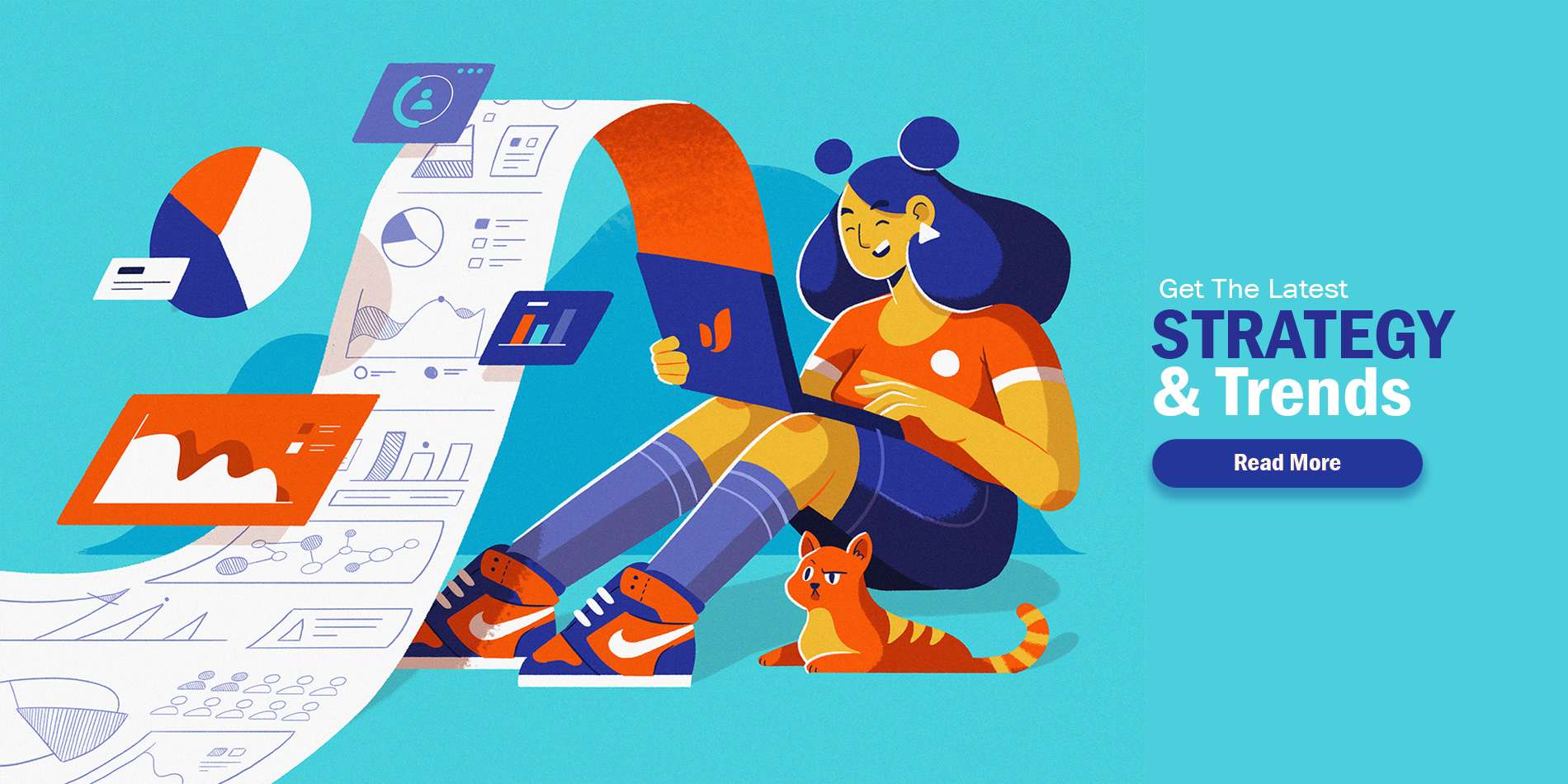
Building on the foundational understanding of how symbols enhance modern gaming experiences, it becomes essential to delve into the psychological mechanisms that make symbols such powerful tools in shaping player behavior. From subconscious cues to emotional triggers, symbols influence choices in ways that often go unnoticed, yet profoundly impact engagement and loyalty.
Players interpret symbols not merely based on their visual appearance but through a complex web of learned associations and cultural contexts. For example, a golden coin symbol in a slot game instantly triggers notions of wealth and success, rooted in societal narratives and personal experiences. This subconscious interpretation influences immediate decisions—such as whether to continue spinning or cash out—and long-term behaviors like developing loyalty to certain game themes or brands.
Research in cognitive psychology indicates that symbols activate neural pathways associated with reward, danger, or trust, often bypassing rational analysis. This automatic processing makes symbols extraordinarily effective in guiding choices without overt awareness. For instance, familiar symbols like a safe or a warning sign can trigger risk calculations, prompting players to either proceed cautiously or take bold chances.
Certain symbols evoke strong emotional responses that can significantly influence gameplay. A flashing jackpot symbol or a glowing treasure chest can induce excitement and anticipation, motivating players to pursue the reward more aggressively. Conversely, symbols associated with failure or danger—such as a broken heart or a skull—can trigger fear or caution, steering behavior away from high-risk choices.
For example, in casino slot machines, the use of vibrant, dynamic symbols like bursting fireworks or shimmering gems are designed to stimulate dopamine release, reinforcing engagement and encouraging continued play. These emotional triggers are carefully calibrated to maintain high levels of arousal, which correlates with increased persistence and overall enjoyment.
“Symbols that evoke emotion serve as psychological anchors, deepening engagement and subtly guiding players toward desired behaviors.”
Visual elements such as color, shape, and size carry significant psychological implications. Warm colors like red and orange are often associated with excitement and danger, prompting players to approach or avoid certain symbols. For instance, a large, red “Bonus” symbol signals high reward potential, encouraging players to aim for it, while a dark, jagged icon may denote risk or loss.
Familiar symbols—such as a star or a dollar sign—capitalize on existing cultural meanings, reducing cognitive load and increasing trust. Novel symbols, however, can generate curiosity but may also increase perceived risk due to ambiguity. For example, a mysterious, shimmering icon may entice players with the allure of discovery, but also trigger caution if it appears in contexts associated with danger.
| Symbol Type | Psychological Implication | Influence on Player Behavior |
|---|---|---|
| Red, Bold Icons | Excitement, Urgency | Increases impulsive actions, risk-taking |
| Familiar Symbols (e.g., Dollar Sign) | Trust, Recognition | Reduces hesitation, encourages engagement |
| Mysterious/Novel Symbols | Curiosity, Caution | Mixed influence; may increase exploration or risk aversion |
Repetition of symbolic cues reinforces brand recognition and establishes habitual behaviors. For example, a specific emblem or logo repeated across various game elements can become an identity marker, fostering a sense of belonging among players. Over time, these symbols embed themselves into players’ routines, leading to habitual engagement.
Psychologically, this process taps into habit loops—where cues trigger behaviors that lead to rewards, which then reinforce the cue. Symbols act as powerful cues within these loops. Consider a recurring emblem that signals a bonus round; players begin to associate this symbol with positive outcomes, increasing the likelihood of repeated engagement whenever they see it.
“Symbols serve as anchors in the habit loop, reinforcing player loyalty through consistent visual cues and emotional associations.”
Beyond overt symbols, subtle cues and hidden symbols can subtly influence player perceptions. Subliminal messaging, for example, involves embedding brief or low-visibility symbols that activate subconscious associations, nudging players toward specific behaviors without conscious awareness.
Creating perceived scarcity or exclusivity through symbols—such as limited-edition icons or symbols that appear only in certain conditions—can heighten desire and urgency. Easter eggs, hidden symbols embedded within game environments, serve as engagement tools that reward curiosity and exploration, deepening player involvement.
For instance, a hidden emblem that appears during special events can foster a sense of exclusivity, encouraging players to participate more actively in limited-time offers or communities.
While symbols are powerful tools for guiding behavior, their use raises important ethical questions. The line between influence and manipulation can blur, particularly when subtle cues are employed to nudge players toward excessive risk or spending. Transparency and respect for player autonomy are crucial in responsible game design.
Educating players about how symbols impact decision-making fosters informed choices. Developers should aim to create engaging experiences that enhance enjoyment without exploiting psychological vulnerabilities.
Practices such as clear communication about odds, rewards, and the purpose of certain symbols contribute to healthier engagement and long-term trust.
Understanding the psychological effects of symbols allows designers to craft reward systems that resonate more deeply with players. For example, incorporating symbols that evoke anticipation—such as a shimmering star or a glowing orb—can heighten the perceived value of rewards, making them feel more meaningful and desirable.
Designing symbols to reinforce reward anticipation leverages the brain’s natural response to cues associated with success. Visual cues that signal a forthcoming reward, combined with emotional triggers, can create a compelling experience that encourages continued engagement.
By integrating insights into how players process symbols, developers can create more immersive and satisfying reward experiences that foster loyalty and long-term participation. As explored in the parent article Unlocking Rewards: How Symbols Enhance Modern Gaming Experiences, symbols are central to building an emotional and psychological connection that sustains player motivation.

Grow your business online with our Digital Marketing Services through our Social Spot Media Company.
Agency(1)
Business(5)
Marekting(2)
Seo(2)